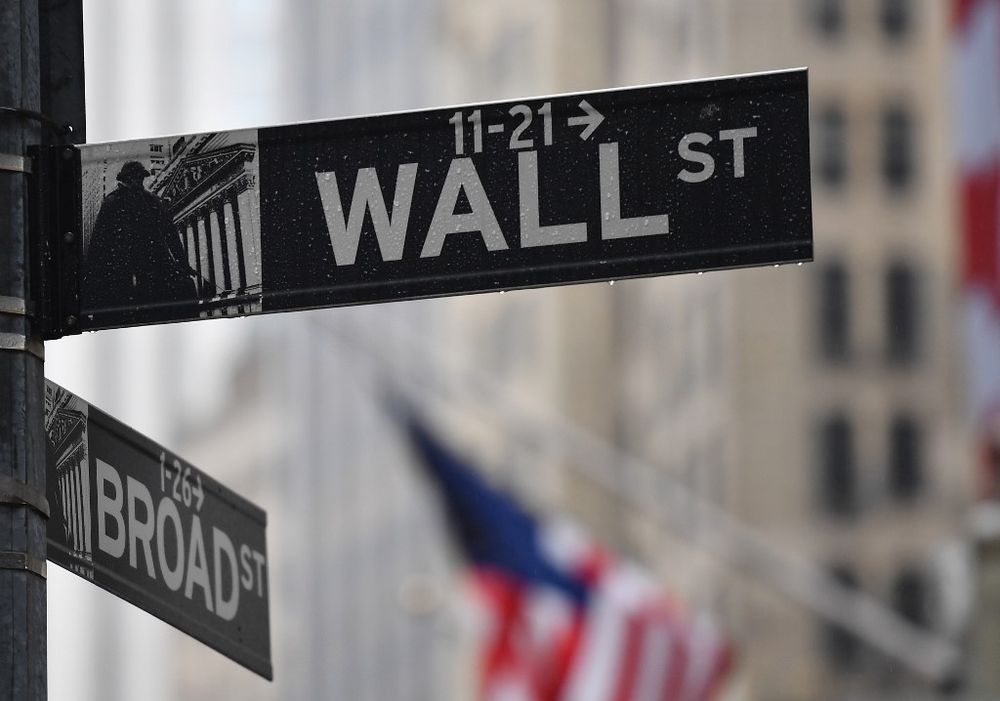NEW YORK, April 1 ― US stocks slumped to close out the first quarter yesterday with its biggest quarterly decline in two years as concerns persisted about the continuing conflict in Ukraine and its inflationary effect on prices and the Federal Reserve's response.
While optimism about a possible peace deal between Ukraine and Russia helped lift stocks earlier in the week, hopes quickly evaporated and Russia's President Vladimir Putin threatened yesterday to halt contracts supplying Europe with a third of its gas unless they are paid in rubles as Ukraine prepared for more attacks.
The United States imposed new Russia-related sanctions, and US President Joe Biden launched the largest release ever from the country's emergency oil reserve and challenged oil companies to drill more in a bid to lower gasoline prices that have soared during the war in Ukraine.
Stock prices have been sensitive to any signs of progress toward a peace pact between Russia and Ukraine. Already-high US inflation has intensified with surging commodity prices such as oil and metals since the war began.
As prices increase, the Fed becomes increasingly likely to become more aggressive in raising interest rates to combat inflation, potentially curbing economic growth.
Data on Thursday showed consumer prices barely rose in February as pricing pressures intensified, while personal consumption expenditures (PCE) excluding food and energy rose by 0.4 per cent, in line with expectations.
“The PCE number came out today, which is the Fed’s preferred number, and although that was right on target, it was higher than it was last month, and the sense is it is going to continue to go higher, therefore you are seeing some weakness,” said Ken Polcari, managing partner at Kace Capital Advisors in Boca Raton, Florida.
“That only solidifies (Fed Chair) Jay Powell and the Fed’s position to be more aggressive so there are going to be multiple 50 basis point hikes.”
The Dow Jones Industrial Average fell 550.46 points, or 1.56 per cent, to 34,678.35, the S&P 500 lost 72.04 points, or 1.57 per cent, to 4,530.41 and the Nasdaq Composite dropped 221.76 points, or 1.54 per cent, to 14,220.52.
While the S&P did suffer the worst quarter since the Covid-19 pandemic was in full swing in the United States in 2020, stocks have rebounded somewhat in March.
For the quarter, the S&P 500 fell 4.9 per cent, the Dow lost 4.6 per cent and the Nasdaq declined 9.1 per cent, but for the month the S&P 500 rose 3.6 per cent, the Dow gained 2.3 per cent and the Nasdaq advanced 3.4 per cent.
Investors will look toward today's jobs report for more confirmation of labor market strength and insight into the possible path of monetary policy by the US central bank.
All of the 11 major S&P sectors were lower, with financials and communication services among the weakest during the session.
Energy, easily the best performing sector so far this year with a gain of about 38 per cent, slipped as oil prices dropped on Biden's announcement while Opec+ stuck to its existing output deal. The sector secured its biggest quarterly climb on record with the advance.
Drugstore chain Walgreens Boots Alliance tumbled 5.67 per cent after the company kept its 2022 forecast for low-single digit earnings growth unchanged.
Volume on US exchanges was 12.08 billion shares, compared with the 13.9 billion-share average for the full session over the last 20 trading days.
Declining issues outnumbered advancing ones on the NYSE by a 1.61-to-1 ratio; on Nasdaq, a 1.74-to-1 ratio favoured decliners.
The S&P 500 posted 53 new 52-week highs and eight new lows; the Nasdaq Composite recorded 57 new highs and 103 new lows. ― Reuters






















